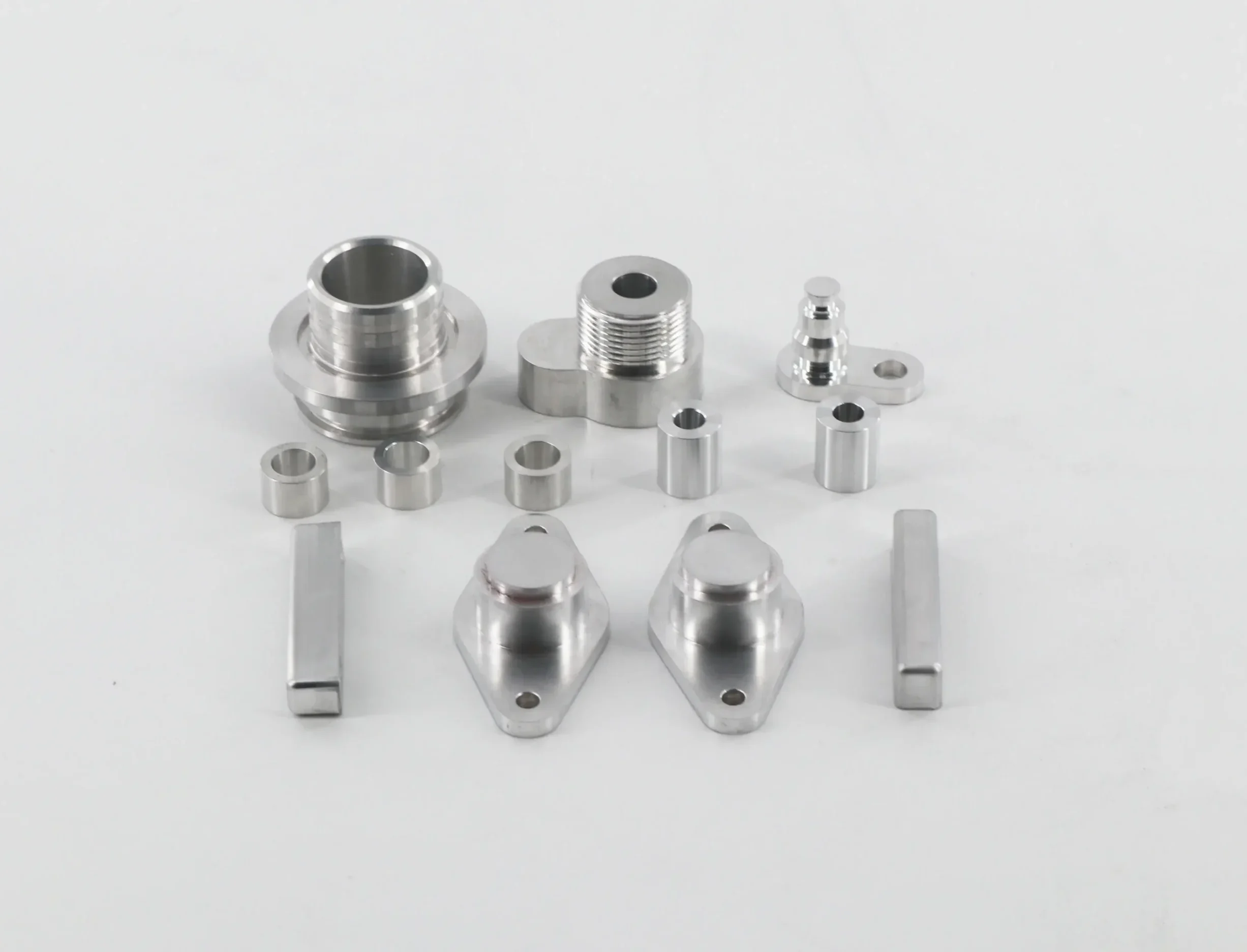Advantages and Disadvantages of Aluminum Alloy CNC Parts
CNC, or Computer Numerical Control for short, stands for Computer Program Controlled Manufacturing Process. CNC machined parts automatically achieve control, movement and precision of machine tools through pre-programmed computer software instructions. CNC systems usually consist of three basic structures, including CNC software in the control system for issuing instructions, and units for controlling the machine and processing materials.
CNC methods are widely used in the manufacturing industry for prototyping and full-part production. Of all the metals on earth, aluminum is particularly used to make CNC machined parts. Because aluminum has some specific chemical and physical properties, it is very suitable for building CNC machining systems with higher precision and higher quality. Aluminum CNC parts also have excellent machinability, thermal and electrical conductivity, high tensile strength, recyclability and other characteristics. It is also for these reasons that aluminum is favored by manufacturing industries around the world. But aluminum alloy CNC parts also have disadvantages such as low hardness and limited high temperature resistance. Therefore, it is extremely important to understand the advantages and disadvantages of aluminum machined parts so that manufacturers can decide when to use this metal for which products. Let’s discuss the key aspects of using aluminum CNC parts in manufacturing.
1.Advantages of Aluminum Alloy CNC Parts
The computer programming manufacturing industry is very fond of using CNC machined aluminum parts. Today, CNC aluminum machining has been widely used to produce a variety of products from automotive parts to lightweight components. Basically, the excellent characteristics exhibited by aluminum make this metal a well-deserved candidate for CNC machining systems. Today’s discussion aims to explain the benefits of aluminum CNC parts so that you can understand better. Let’s take a deep look at the convenience of using aluminum CNC machining.
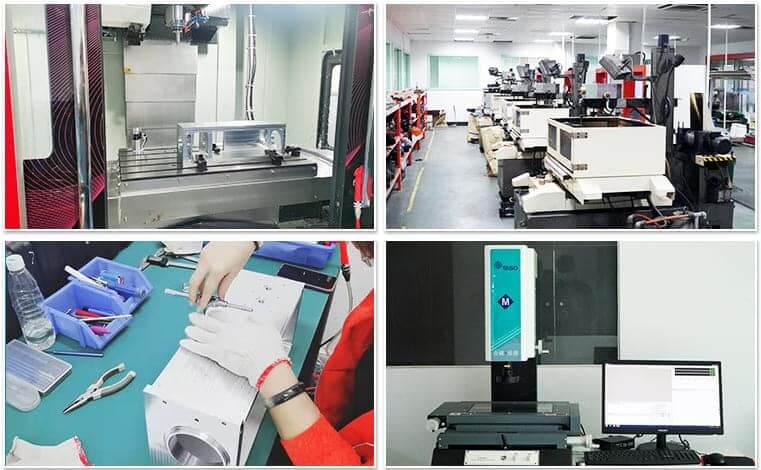
1) Lightweight and High Strength
Aluminum is a lightweight metal with strong ductility and can be easily deformed into different shapes. This physical property is suitable for manufacturing CNC machined parts. At the same time, aluminum is also the first choice for manufacturing key components in a wide range of industries such as the automotive industry and the aerospace industry because of its light weight but high strength.
Aluminum CNC parts are widely used in the aircraft manufacturing industry. Different grades of aluminum have different uses. Specifically, 6061 is a common grade among different versions of aluminum. This model has a large strength-to-weight ratio. On the other hand, industries such as the aviation industry and the shipbuilding industry require aluminum profiles with higher strength. Therefore, they need to use aluminum profiles with grades such as 7075.
2) Excellent corrosion resistance
Corrosion is actually a natural phenomenon, as refined metals usually deteriorate by chemical or electrochemical reactions with the environment. In contrast, corrosion resistance means protecting the substrate from any type of corrosive environment. Metals with higher corrosion resistance have higher bonding energy and are able to withstand the degradation and chemical decomposition of the metal when it is exposed to the environment. Aluminum has the property of resisting this kind of corrosion. It is this high corrosion resistance that makes aluminum stand out in CNC machining.
Aluminum is able to form a thin layer of aluminum oxide on the outer layer. This aluminum oxide layer is formed when the metal surface directly contacts the air and reacts. But there are also differences between different categories or grades of aluminum, which vary according to their corrosion resistance. This property of aluminum is very important in the manufacturing industry to protect products from chemical wear and oxidation.
Among them, 6061 is one of the most corrosion-resistant grades, providing a higher range of protection against corrosive environments. This is why this metal can be effectively utilized during CNC machining to prevent damage due to oxidation.
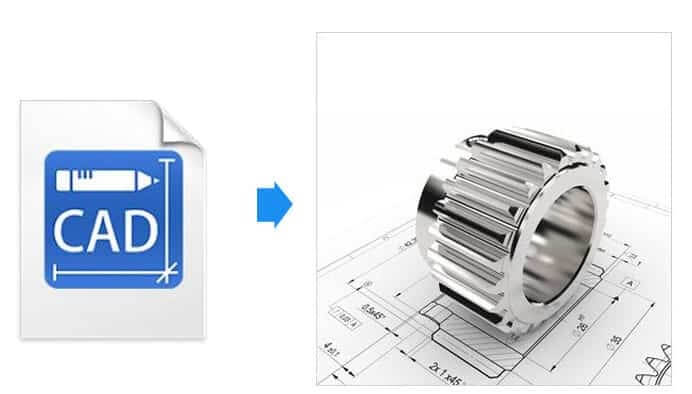
3) Good thermal and electrical conductivity
Aluminum is a reliable thermal and electrical conductor. It is better than steel because it conducts heat three times more efficiently than steel. Therefore, aluminum is often used to make parts such as automotive heat exchangers. In addition to this, aluminum is also a good electrical conductor, making it an ideal choice for CNC machined parts.
This is why CNC machined aluminum parts are used to produce circuits. Specifically, at 25 degrees Celsius, aluminum has a conductivity of about 37.7 million Siemens per meter. In addition, aluminum is also commonly used in wires, transformers, electric buses, light bulbs, etc.
4) Wide range of processing capabilities
Another advantage of using aluminum CNC parts is its excellent machinability. Machinability refers to the ease with which a certain metal can be cut or formed to produce a variety of products. And aluminum is extremely easy to use to manufacture a variety of products. Since it is easy to cut and form, it is a popular choice among engineers.
In addition, metals with higher machinability can be used to obtain a satisfactory surface finish. When a metal has good machinability, it only requires minimal power to cut it and reduces tool wear. Another thing is that aluminum, a metal with higher machinability, has another great use. Machining projects for aluminum parts can be completed in a shorter time, thus reducing expenses. Therefore, aluminum CNC machining is more efficient than other materials. At the same time, the risk of deformation of aluminum CNC machined parts is relatively small.
Overall, it is a good choice when you want to do things precisely, accurately, and repeatedly.
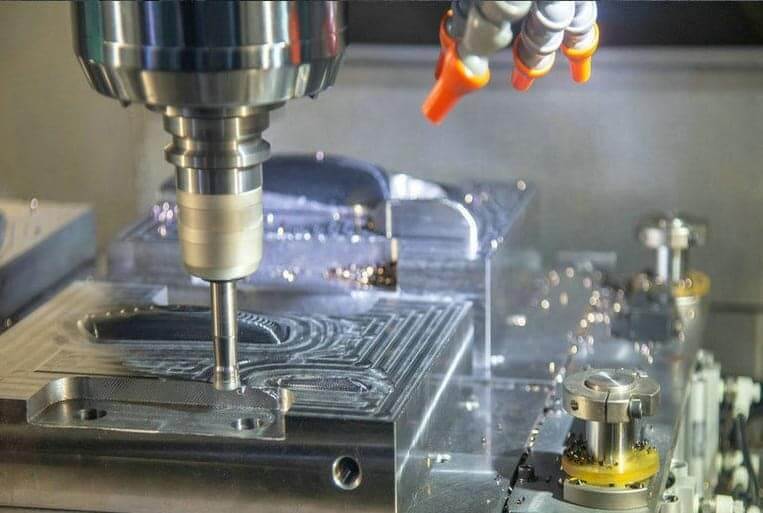
5) Diversity of design and customization options
Aluminum can be easily made into various styles. Because aluminum is durable and comes in many forms, such as sheets, extruded profiles, and flat sheets. At the same time, aluminum CNC parts also have different surface treatments, colors, and textures to meet different design requirements. Therefore, aluminum can adapt to various conditions, and manufacturers can customize aluminum to meet the specific design requirements of different products. In short, aluminum provides engineers with a variety of design and customization options.
6) Recyclable and environmentally friendly
Aluminum is a soft and ductile metal. It is easily available on the earth. The appearance is silver-gray. Because the environmentally friendly characteristics of aluminum make it a better choice for CNC machining. In addition, it is also highly recyclable. In this modern era, the priority of every industry is to reduce the impact on the environment while minimizing material waste. Everyone is concerned about nature and climate change.
The manufacturing industry chooses aluminum because it has two uses. First, this metal is environmentally friendly. Second, it saves production costs. Therefore, business companies prefer to use aluminum to manufacture CNC parts. Since CNC machining applications usually generate a lot of waste during the machining process, it is very important to use recyclable materials. Aluminum is the most suitable candidate material for this purpose.
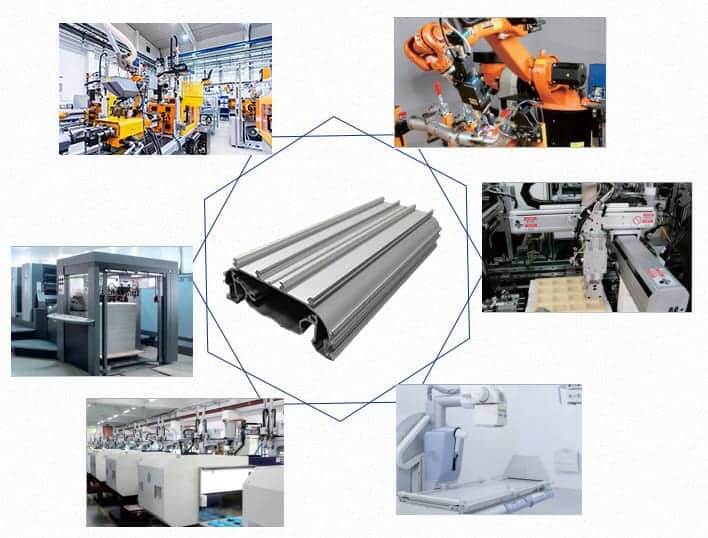
2.Disadvantages of aluminum CNC parts
1) Lower hardness compared to other materials
Pure aluminum has a rather soft texture, which is a big disadvantage of using aluminum. Therefore, manufacturers need to use aluminum alloys. Aluminum alloys are harder and have higher strength compared to pure aluminum. In most applications, various aluminum alloys are useful instead of aluminum metal. But it is also due to this characteristic of aluminum that the production of some CNC machining parts can be troublesome.
2) Resistance to limited temperature
The production of aluminum alloy CNC parts has certain processing difficulties. Because aluminum has the chemical property of melting at lower temperatures, this is why it is difficult to apply mechanical power to aluminum and manufacture mechanical parts. Also due to the relatively low melting point of aluminum, the oxide coating on aluminum is also susceptible to damage, which can lead to tool damage. Another concern about using aluminum CNC parts is that aluminum has limited performance when the temperature rises.
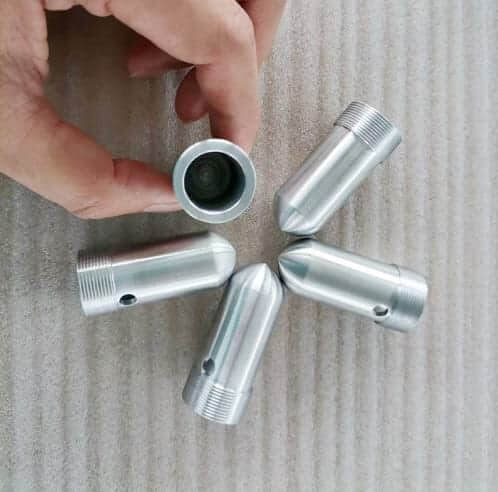
3) Higher Cost Compared to Other Materials
The process of machining aluminum increases energy costs. Although aluminum is abundant in nature, its price is higher than other industrial materials. The reason for the higher cost is that aluminum does not exist in pure form in nature. It needs to be extracted from an ore called bauxite and then processed before it can be used for industrial purposes. This process is very expensive, which is why aluminum costs more compared to other common metals.
4) Susceptible to Surface Scratches and Dents
Aluminum is relatively soft in texture. This is why it is susceptible to surface scratches. It is easier to scratch than other durable materials, and the smooth texture of aluminum makes it more susceptible to scratches and dents on the surface.
3.Aluminum vs. Steel
1) Works
For CNC machining projects, it is extremely important to consider the composition of the materials. Because the composition of the material will greatly affect the physical and functional characteristics of the CNC machine. Among the different options, aluminum and steel are both very suitable for manufacturing CNC parts. Aluminum is mainly composed of aluminum and some alloying elements such as magnesium and silicon. Other trace elements of aluminum include zirconium, manganese, iron, titanium, chromium, copper, etc. On the other hand, stainless steel is an iron alloy composed of other elements, such as 10% chromium and 0.03-1% silicon, selenium, sulfur, nickel, titanium, molybdenum, nitrogen, copper, etc.
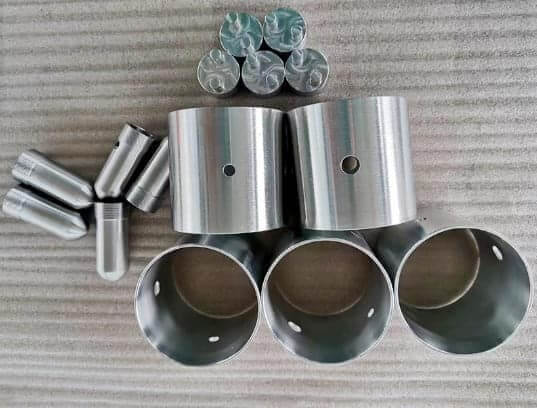
2) Cost
Many CNC machine tool manufacturing companies favor stainless steel because it is the cheapest compared to other materials. At the same time, steel is also a tough material with low production costs. Although the cost of raw materials fluctuates over time, steel is relatively cheaper. In contrast, the same weight of aluminum is more expensive than steel.
3) Hardness
The hardness of the material is crucial to the manufacture of CNC machine tool parts. Stainless steel is harder than aluminum. Therefore, steel parts are more difficult to crack or break.
4) Corrosion resistance
Stainless steel is composed of nickel, chromium and iron. These elements make steel corrosion-resistant.
The protective layer on its surface helps to improve the corrosion resistance of steel.
Aluminum is also an excellent corrosion-resistant material, with a protective oxide layer on the outer surface of aluminum.
Therefore, it does not rot in a corrosive environment. Both aluminum and steel are good choices for producing CNC machined parts.
5) Plasticity
Pure aluminum is softer in nature. Also, it has a lower melting point, while steel is harder in nature and has a higher melting point. Therefore, aluminum is easier to reshape than stainless steel.
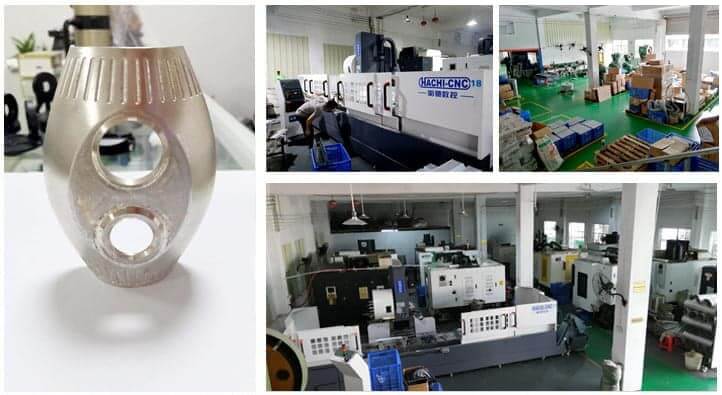
6) Weldability
Stainless steel and aluminum can be easily welded for various uses. However, the welding process for aluminum is more complicated. Because when welding aluminum, the possibility of cracks is higher. Therefore, when welding aluminum, you need to make sure you have professional knowledge and skills.
7) Weight
Steel is much heavier than aluminum. You can measure the weight of a metal based on its density, because the density of pure aluminum is about 2.7 grams per cubic centimeter, while the density of stainless steel is 8.0 grams per cubic centimeter. Therefore, it is understandable that stainless steel weighs almost three times as much as aluminum. Aluminum and steel also have different weights, so they are used for different purposes. For example, the construction industry for aircraft and ships uses lightweight aluminum, while stainless steel is often used in the automotive, packaging, and machinery industries.
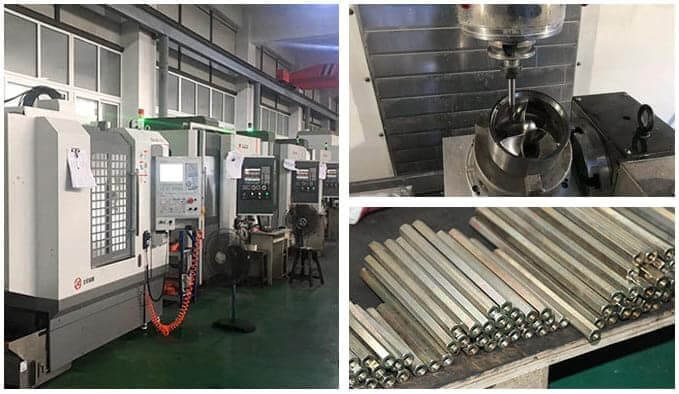
8) Yield Strength
Yield strength is the ability of a material to withstand stress. It is also the point at which the material begins to deform permanently. Steel has a greater yield strength value than aluminum, which is obvious if you compare the yield strength values. The yield strength of stainless steel alloys ranges from 25 MPa to 2500 MPa. The yield strength of aluminum alloys ranges much lower, from 7 MPa to 11 MPa. Therefore, different CNC parts use steel and aluminum differently.
4.Specific Use Assessment of Aluminum and Steel
1) Steel
430 and 434 grade stainless steel are popular ferritic stainless steels, while 420 grade stainless steel is martensitic stainless steel. The application of this type of stainless steel involves various industries such as aerospace engineering, agriculture, construction, automotive industry, household appliances, manufacturing processes, marine and medical fields, pharmaceutical industry, sports equipment, etc.
2) Aluminum
2024, 5052, 6061, 6063 and 7075 are the most popular aluminum types in many industries. In addition to this, 5052 aluminum is particularly suitable for the marine industry. This type has excellent resistance to seawater corrosion. In conclusion, this metal is an excellent raw material for producing various marine components. At the same time, aluminum also has excellent properties of reflecting radiant energy, and it can reflect almost 80% of light waves. Therefore, it became the material of choice for manufacturing lighting equipment. Since then, the aerospace industry, automobile industry, chemical processing companies, and electronic component manufacturers have also made full use of aluminum.
The debate about aluminum vs. steel cannot be concluded in a simple way. You cannot rely on only one material for production because both materials have their advantages and disadvantages. You need to decide whether your product requires aluminum or steel based on proper knowledge. Although both of them can be used for CNC machining parts, sometimes aluminum is more beneficial for the project and sometimes steel is more beneficial for the project.
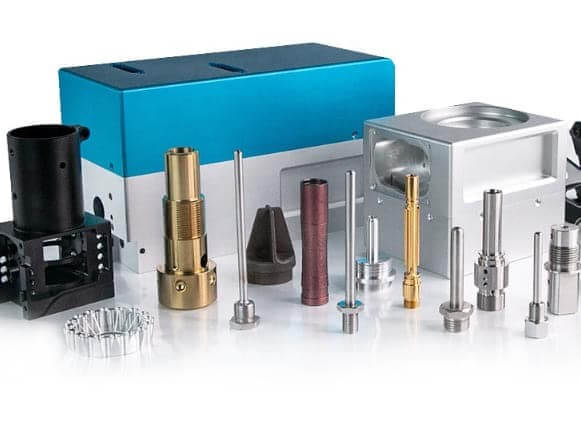
5.Conclusion
CNC machining is undoubtedly a diversified technology in the manufacturing industry. Because the programming language instruction tool can manufacture products specifically according to your needs. Here, aluminum is one of the preferred materials for CNC machining. Manufacturers and engineers prefer aluminum materials because of its corrosion resistance, hardness, conductivity, and recyclability. Compared with manual machining services, aluminum is a wise choice for manufacturing processes. The physical and chemical properties of aluminum make it an important component of computer numerical control (CNC) machines. Hopefully, the above discussion has given you a deeper understanding of the pros and cons of aluminum CNC parts from a broader perspective.
